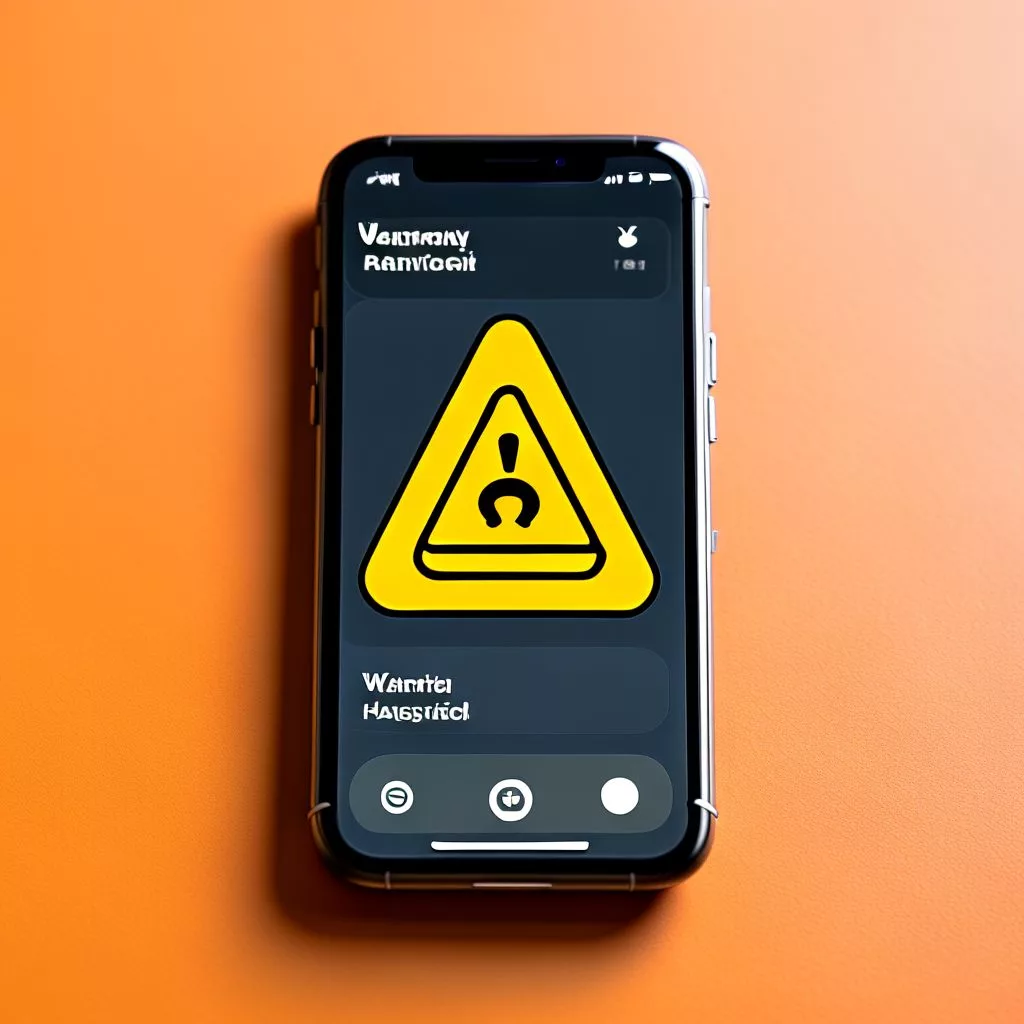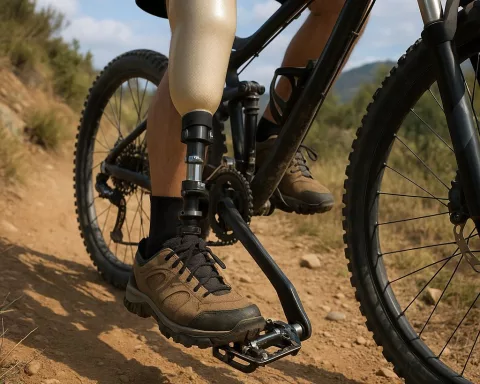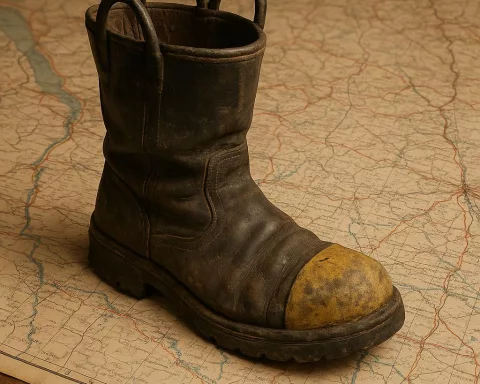Ride-hailing services like Uber have changed how we get around cities, making travel fast and easy. However, safety issues often creep up, as shown by Anele Mdoda’s scary experience with an Uber driver in Cape Town. When she chose a quiet ride, the driver responded aggressively, but she cleverly pretended to be on Instagram Live to protect herself. Afterward, Uber condemned the driver’s actions, promising to improve safety features and support for passengers. Anele’s story reminds us that while technology helps, community support and kindness play a big role in keeping everyone safe.
What are the safety challenges in ride-hailing services?
Ride-hailing services face significant safety challenges, including driver misconduct and passenger vulnerability. High-profile incidents, like Anele Mdoda’s unsettling experience with an Uber driver, highlight the need for improved safety protocols, community awareness, and ongoing technological innovations to ensure user protection and trust.
Revolutionizing Urban Transportation
In today’s fast-paced digital era, ride-hailing services have fundamentally transformed how people commute in urban environments. These platforms, synonymous with convenience and efficiency, offer quick solutions to transportation needs. However, the benefits of accessibility and speed come with their own set of challenges, especially concerning user safety and overall experience. Anele Mdoda, a well-known media personality in South Africa, recently faced a troubling incident that highlights the urgent need to enhance safety protocols within these services.
During a weekend in Cape Town, Anele encountered a disturbing situation with an Uber driver that she later detailed on her social media account. Choosing Uber’s “do not talk” option for a quiet ride from the airport to her hotel inadvertently triggered an unsettling reaction from the driver. The driver’s response, a threatening remark, underscored the potential dangers lurking in the ride-hailing ecosystem. Anele’s quick thinking led her to feign a live Instagram session, a tactic she used to protect herself during the ride.
As her journey ended at the hotel, the confrontation reached a new level of intensity. Anele courageously recorded the driver’s aggressive behavior, capturing the moment when he demanded she leave the vehicle. Fortunately, a nearby couple noticed the tension and intervened, offering much-needed support. This experience not only reveals the vulnerabilities within the industry but also highlights the vital role of community awareness in ensuring passenger safety.
Uber’s Response and Industry Accountability
Uber, a leader in the global ride-hailing market, swiftly responded to the incident involving Anele. The company publicly condemned the driver’s actions, labeling them as “completely unacceptable.” Uber reiterated its zero-tolerance stance on such conduct, demonstrating a strong commitment to user safety. The platform launched an immediate investigation, emphasizing the swift action it takes in response to breaches of its Community Guidelines, including banning the offending driver from the app.
In its effort to reinforce safety, Uber has integrated several features into its app designed to protect users. These innovations include audio recording capabilities, the RideCheck system, and an in-app emergency button. Such tools reflect ongoing efforts to build trust and ensure security within the ride-hailing community. By investing in these technological solutions, Uber aims to provide an environment where passengers can feel both secure and supported.
Anele’s experience sheds light on a broader dialogue concerning safety in the ride-hailing sector. Globally, numerous similar incidents have been reported, prompting companies and regulatory bodies to intensify their focus on user protection. While the introduction of safety features marks progress, these occurrences underscore the necessity for continuous advancements in technology and policy enforcement to safeguard passengers.
The Evolution of Ride-Hailing and Community Roles
Historically, the ride-hailing industry has witnessed significant evolution. Originally introduced as disruptors to the conventional taxi systems, these services quickly gained traction due to their convenience and competitive pricing. However, as their popularity soared, new challenges emerged, particularly around the safety of drivers and passengers. The industry’s answer has been continuous innovation, striving to meet the ever-changing needs and concerns of its user base.
Beyond technological advances, there is a growing emphasis on human oversight and the importance of community involvement. Anele’s situation highlights the power of community intervention, as exemplified by the couple who came to her aid. This sense of communal responsibility is essential in complementing technological measures, ensuring a comprehensive approach to safety.
The cultural context of such incidents also demands attention. Anele’s ordeal brings to light the intersection of cultural perspectives and individual behavior in ride-hailing scenarios. This highlights the necessity for comprehensive driver training programs that promote respect, tolerance, and professionalism. Such programs should aim to educate drivers while fostering a culture of empathy and understanding, which are crucial in a diverse society.
Looking Forward: Lessons and Solutions
Reflecting on the broader artistic and literary movements that explore themes of safety and societal change, parallels can be drawn with narratives advocating for social transformation and empowerment. The works of activists and artists often underscore the impact of both individual and collective actions in reshaping societal norms. Anele’s story aligns with these narratives, resonating as a call for resilience and the pursuit of safer public spaces.
As the ride-hailing industry progresses, the lessons from incidents like Anele’s are invaluable. They emphasize the necessity of pairing technological innovation with ethical practices and a strong moral framework. Leading companies like Uber must continue to set high standards for safety, accountability, and user respect, reinforcing their role as pioneers in the industry.
In conclusion, Anele Mdoda’s experience acts as both a warning and a catalyst for change within the ride-hailing sector. It underscores the pressing need for robust safety measures, active community participation, and cultural sensitivity. As we navigate the complexities of contemporary urban transportation, these elements will be crucial in paving the way for a safer and more inclusive future for all users.
“`markdown
What are the safety challenges in ride-hailing services?
Ride-hailing services face significant safety challenges such as driver misconduct and passenger vulnerability. High-profile incidents, like Anele Mdoda’s unsettling experience with an Uber driver, highlight the urgent need for improved safety protocols, community awareness, and ongoing technological innovations to ensure user protection and trust.
How did Anele Mdoda’s experience with an Uber driver unfold?
Anele Mdoda had a troubling encounter with an Uber driver in Cape Town. She opted for the “do not talk” feature for a quiet ride but received an aggressive response from the driver. To protect herself, she pretended to be live on Instagram, which helped diffuse the situation. Ultimately, a nearby couple intervened when the driver became confrontational, showcasing the importance of community support in ensuring safety.
What actions did Uber take in response to the incident?
Uber responded promptly by condemning the driver’s actions as “completely unacceptable.” The company launched an investigation and banned the offending driver from the app. Uber emphasized its zero-tolerance policy for such behavior and highlighted its commitment to user safety.
What safety features has Uber implemented to protect passengers?
To enhance passenger safety, Uber has integrated several features into its app, including audio recording capabilities, the RideCheck system, and an in-app emergency button. These tools are part of Uber’s ongoing efforts to build trust and ensure security within the ride-hailing community.
How does community involvement impact ride-hailing safety?
Community involvement plays a vital role in ride-hailing safety, as seen in Anele Mdoda’s case when bystanders intervened to help her. This sense of communal responsibility complements technological measures and emphasizes the need for a comprehensive approach to user safety.
What lessons can be drawn from Anele Mdoda’s experience for the ride-hailing industry?
Anele’s experience underscores the need for robust safety measures, active community participation, and cultural sensitivity within the ride-hailing sector. It highlights the importance of pairing technological innovation with ethical practices to create a safer and more inclusive environment for all users.
“`












